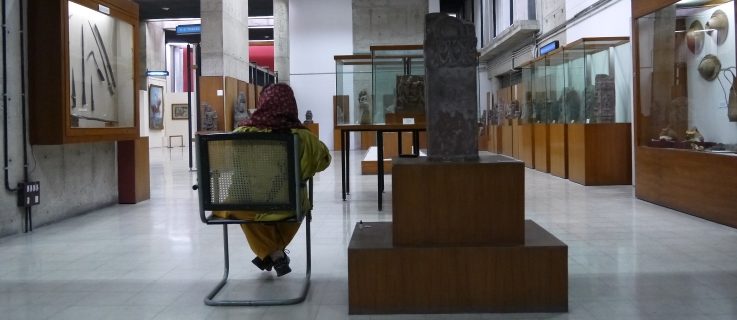"Our job is to always move toward what is new, not to live in museums."
Although the museum is a modern institution, deeply inscribed into the modern idea to create and unfold a history of its own break, the museum has at the same time always been violently criticized as an obstacle to political, cultural, and ideological change. Modern partisans of revolutionary change suspected the museum to be an institution in which the traditional order of things was protected and continued: The revolutionary painter Kazimir Malevitch declared in 1919: “Our job is to always move toward what is new, not to live in museums.“And Walter Benjamin, the revolutionary archivist of the 19th century, considered the museum to be a “dreamhouse”, an exemplary institution in which the dream world of the early capitalism was mirrored. Adorno linked the “museum” to a “mausoleum”, cutting off the spectators from any experience of the exhibited objects. For the revolutionary modernity, the museum belonged to the old world – conservative, capitalist, antidemocratic – and as a symbol of the old world the museum would have to be abolished.
How are we to deal with these criticisms once we discuss the future of the museum? Is the museum an obstacle to emancipatory, democratic politics? Although these questions are still contemporary questions, we might be able to ask and answer them in a different way than the revolutionary moderns. For the revolutionary moderns shared the belief of the 20th century that to create a new world one needs to destroy the old one. But the revolutionary creation of a new world that was built on the destruction of the old one failed at the end of the 20th century. Today, the creation of the world must therefore find its beginning in itself – and will therefore also have to create a different account of its past. The museum might then become the place, in which the creations of former times are conserved. The museum might be the place in which art is shown to be an exception from capital. The museum might be a place at which the idea of democratic organization is exemplified. Such a museum cannot be a place for participation, it is rather a place for education – to become a master of one’s own future.
Download full article (English)
